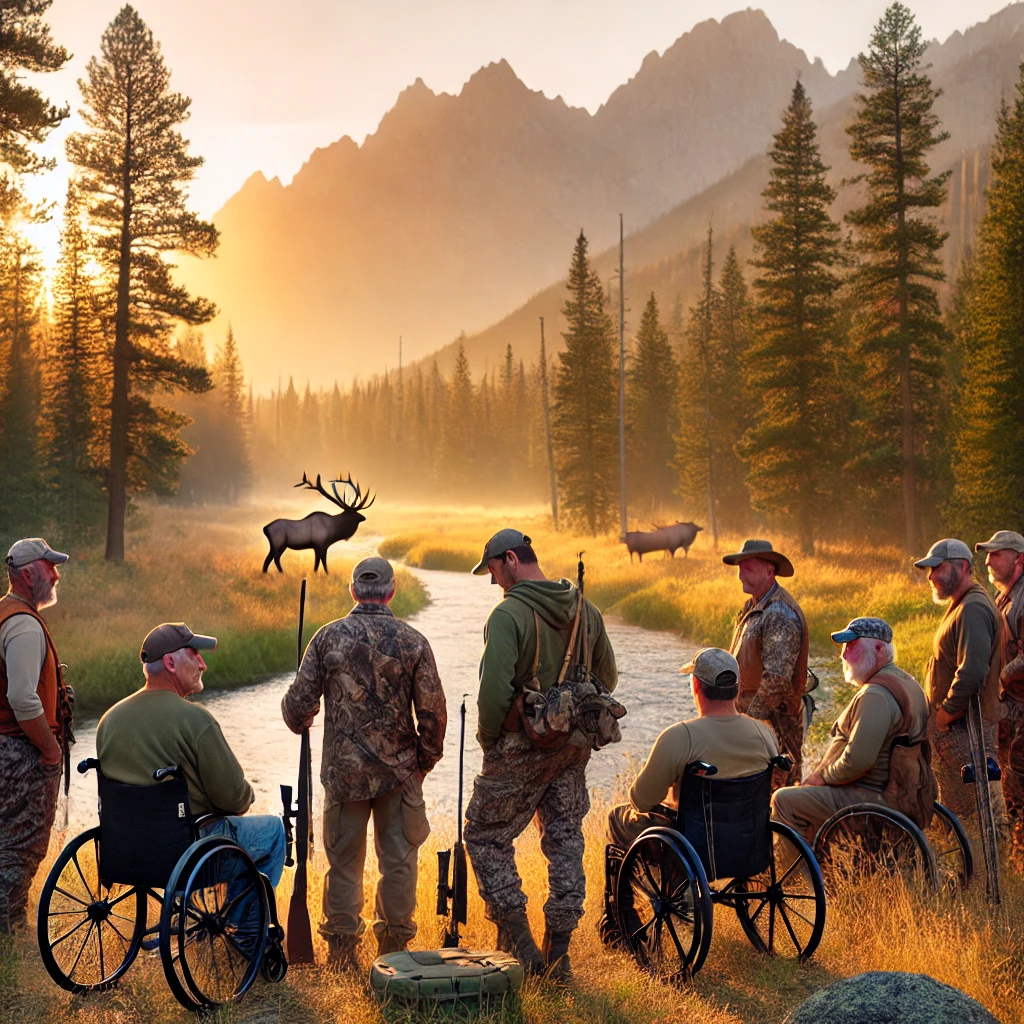The Importance of Mental Health Support for Veterans
When we think about the challenges veterans face, we often focus on physical injuries. But mental health is just as important—and for many veterans, it’s a daily struggle. From PTSD to depression, mental health issues can have a profound impact on a veteran’s life. In this blog post, we’ll explore why mental health support for veterans is so critical and how we can help those who are struggling.
The Mental Health Challenges Veterans Face
Veterans are at a higher risk for mental health issues than the general population. Some of the most common challenges include:
- Post-Traumatic Stress Disorder (PTSD):
Many veterans experience PTSD after being exposed to traumatic events during their service. Symptoms can include flashbacks, nightmares, and severe anxiety. - Depression:
The transition to civilian life, combined with the loss of camaraderie, can lead to feelings of sadness, hopelessness, and isolation. - Traumatic Brain Injury (TBI):
TBIs, often caused by explosions or combat injuries, can affect mood, memory, and concentration. - Substance Abuse:
Some veterans turn to drugs or alcohol as a way to cope with their struggles, which can lead to addiction.
These mental health challenges can make it difficult for veterans to maintain relationships, hold down jobs, or even enjoy life.
Why Mental Health Support Matters
Mental health support is essential for helping veterans recover and thrive. Here’s why it’s so important:
- Improves Quality of Life:
With the right support, veterans can learn to manage their symptoms and enjoy a better quality of life. - Reduces Stigma:
Talking openly about mental health helps reduce the stigma that often prevents veterans from seeking help. - Prevents Crisis:
Early intervention can prevent mental health issues from escalating into crises, such as homelessness or suicide. - Strengthens Families:
Mental health support not only helps veterans but also their families, who may be struggling to understand and cope with their loved one’s challenges.
Mental Health Resources for Veterans
If you or a veteran you know is struggling, there are resources available to help:
- VA Mental Health Services:
The VA offers free counseling, therapy, and medication management for veterans. Visit the VA mental health page to learn more. - Veterans Crisis Line:
If you’re in crisis, call 1-800-273-8255 and press 1, or text 838255 for immediate support. - DAV of Idaho:
The DAV of Idaho provides resources and assistance to help veterans access mental health care. - Local Support Groups:
Many communities have support groups where veterans can connect with others who understand their struggles.
How You Can Help
Supporting veterans’ mental health is a community effort. Here are a few ways you can make a difference:
- Educate Yourself: Learn about the mental health challenges veterans face so you can better understand their needs.
- Be a Good Listener: Sometimes, all a veteran needs is someone to listen without judgment.
- Encourage Professional Help: If you know a veteran who’s struggling, encourage them to seek help from a mental health professional.
- Support Organizations: Donate to or volunteer with organizations like the DAV of Idaho that provide mental health resources for veterans.
Conclusion
Mental health is a critical issue for veterans, and it’s one that we can’t afford to ignore. By providing support, reducing stigma, and connecting veterans with the resources they need, we can help them heal and thrive.
If you’re a veteran in need of assistance or someone who wants to help, the DAV of Idaho is here for you. Together, we can ensure that no veteran feels alone in their struggle.
Let’s honor their sacrifice by giving them the support they deserve.

